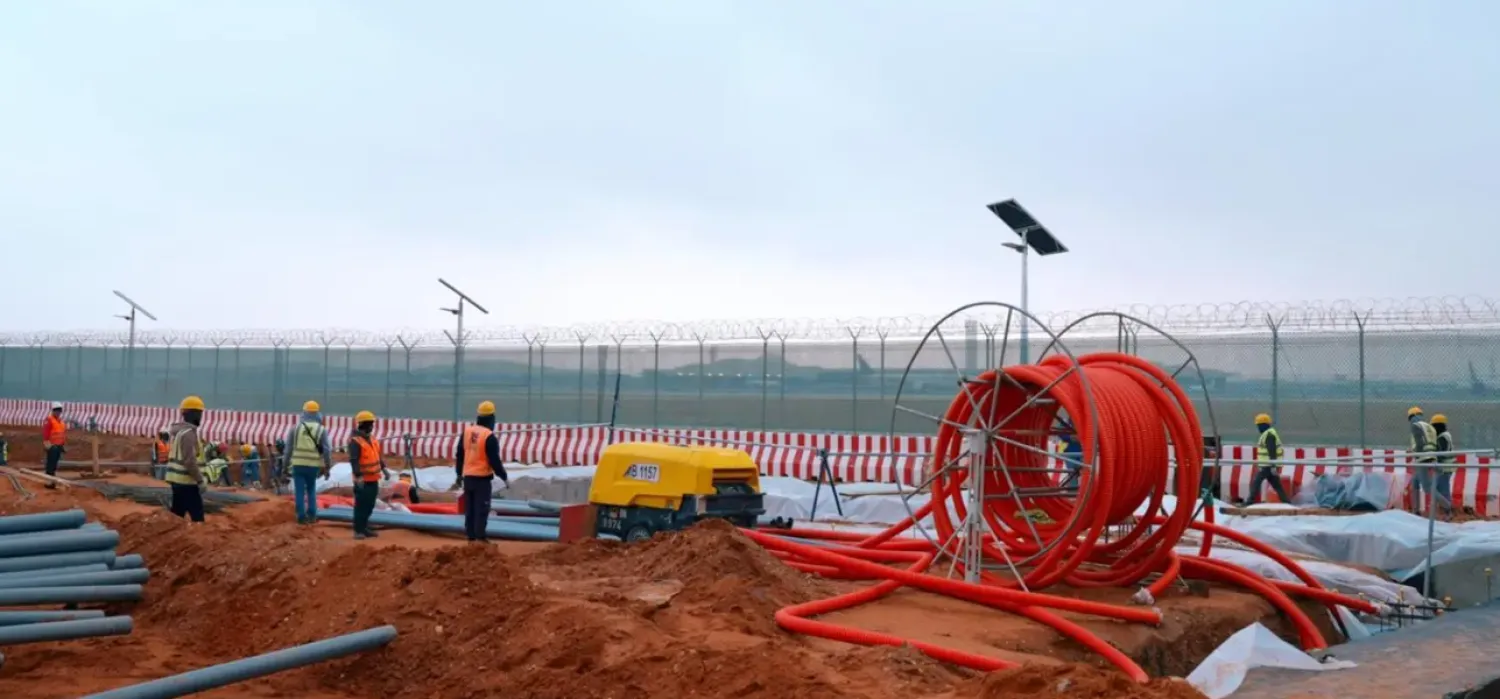Mexico’s Pacific coast resort of Acapulco is putting its hopes on a return of tourists as the number of coronavirus cases drops and the violence that drove travelers away slowly declines.
The governor of the state of Guerrero said Friday that hotels will now be allowed to accept guests at 40% capacity, up from 30% previously under pandemic restrictions. Gov. Hector Astudillo bragged that Acapulco has reduced the number of COVID-19 deaths to an average of 9.6 per day and alleviated the overcrowding that plagued the city's hospitals earlier in the pandemic.
The city, once ranked as the fifth most deadly in Mexico, has fallen to 44th place. Homicides were down about 20% in the first half of 2020, compared to the same period of 2019.
President Andrés Manuel López Obrador visited the once-glamorous resort Friday and pledged to fix pollution problems that affect the resort’s famous bay.
“We are going to clean up Acapulco, we are going to clean up the bay so that there is no more pollution. That is my commitment,” he said. In June, heavy rains caused storm drains to overflow, sending sewage and waste into the bay.
Unlike most experts, López Obrador predicted a quick end to the pandemic.
“What I feel — my prediction — is that soon, very soon, we will return to normality,” the president said. “Economic activity is returning, tourism is returning to Acapulco, but I predict that in a month, two months, we will have very favorable conditions.”
Even if those predictions are fulfilled, it will still be a long road back for Mexico’s battered tourism industry. In the first quarter, tourism revenues were down 51.5% and figures for the second quarter are certain to be worse.
With about 800,000 hotel rooms, Mexico's has the world's seventh-largest hotel infrastructure. In 2018, tourism accounted for 8.7% of Mexico's GDP and provided about 2.3 million jobs.
Many of those jobs have evaporated in the pandemic. Even under the best-case scenario, if travel alerts were lifted — Mexico currently has the highest “do not travel” alert from the US State Department — hotels in Mexico would end the year with only about 47% occupancy, on average.









